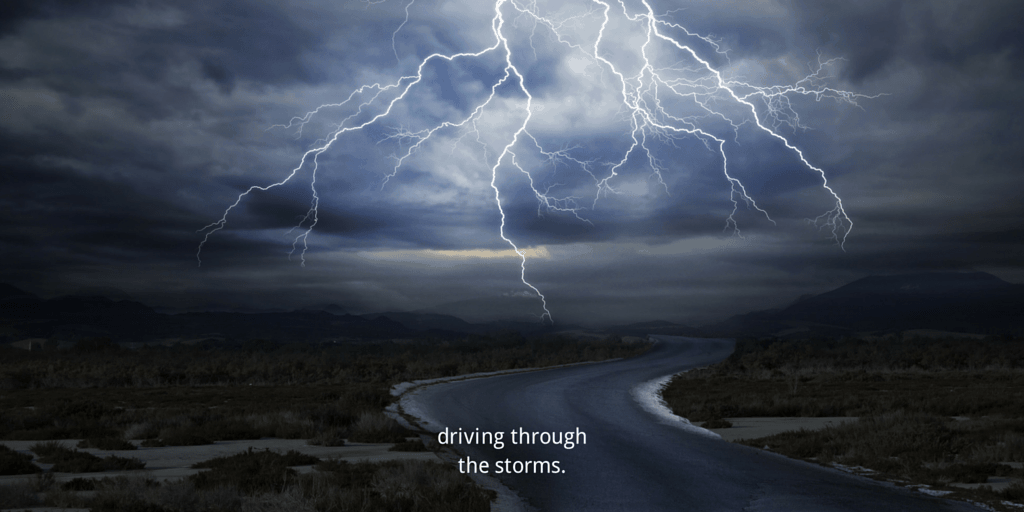With winter just around the corner, we wanted to talk a little bit about a weather hazard many people don’t think about. Stormy weather conditions make driving more dangerous. In order to avoid dangerous car accidents on the road, you need to adjust how you normally operate your vehicle. By paying extra attention before you drive and keeping your equipment in good working order, you can avoid serious damage down the line. Car accidents caused by rainy weather conditions can be prevented by following these safety tips recommended by our experienced Aurora car accident attorney.
Preparing Your Car For Driving in Rain
The best offense is a good defense. A large part of staying safe on the road in a rainstorm is to take care and maintain the safety of your vehicle. Our Aurora personal injury attorneys know from experience that being prepared is the key to avoiding accidents and safe driving in hazardous weather conditions.
Tires
Bald tires significantly reduce your traction on the road. Without treads on your tires, the water on the road has nowhere to go, forcing your tires to ride on a layer of water (hydroplaning) this makes braking and steering unpredictable. Heavy rains and bad tires can put you at a serious disadvantage on the road. Check your tires regularly.
Headlights
Headlights are critical in make sure you are seen in dark and foggy weather. Make sure yours are in proper working order.
Windshield Wipers
Windshield wipers are often forgotten during car maintenance. In order to make sure they are properly working, they need to be replaced yearly.
Operating Your Vehicle In The Rain
Use Headlights
Visibility is key for safety. Turn on your headlights, even if the rain is light. You want other cars to see you. More light isn’t always best, though. Do not use your bright headlights. These are too bright and can cause reflections on a wet road.
Avoid Driving In Pools of Water
Stay in the middle lanes whenever possible. Water tends to pool in the outside lanes. You do not want to drive through flooded water. Do not drive through moving water if you can’t see the ground- it could be very deep and sweep your vehicle away. Even if you can travel through it, flooded water can damage the bottom of your vehicle and cause expensive damage.
Avoid Sudden Braking
Braking is difficult in water, and when hydroplaning is the most common. Avoid using your breaks, and instead slow as much as possible by taking your foot off of the acceleration. When you do break, do so slightly, lightly and slow. This will help prevent hydroplaning.
Keep Your Distance
One of the easiest ways to avoid accidents is to keep a healthy distance between your vehicle and the vehicles around you. This is especially true for large trucks. Distance helps with visibility. In the rain, splash created by other vehicles can make visibility very difficult. Distance reduces this excess water splash, and also gives your wipers enough time to clear the sight hazard. Distance allows you to break appropriately and avoid accidents as well.
Stay Aware of Hazards on the Road
Deposits
Driving in rain is most dangerous after long dry spells. If your city has not had precipitation in a while, there is probably a lot of oil and rubber dust built up on the road. When it rains, and it hasn’t rained in awhile, water mixes with this oil and dust and creates a dangerous skid mixture. This is particularly common in intersections, as cars often stop in that area. Watch these areas if it is a new rain.
Foggy Windows
Rain and high humidity can cause windows to fog up or mist inside the car. This is dangerous for visibility. If your car has air conditioning, turn the heat on in your car and direct the air to your defrosters. Without AC, you might be able to fix the problem by driving with your windows open.

